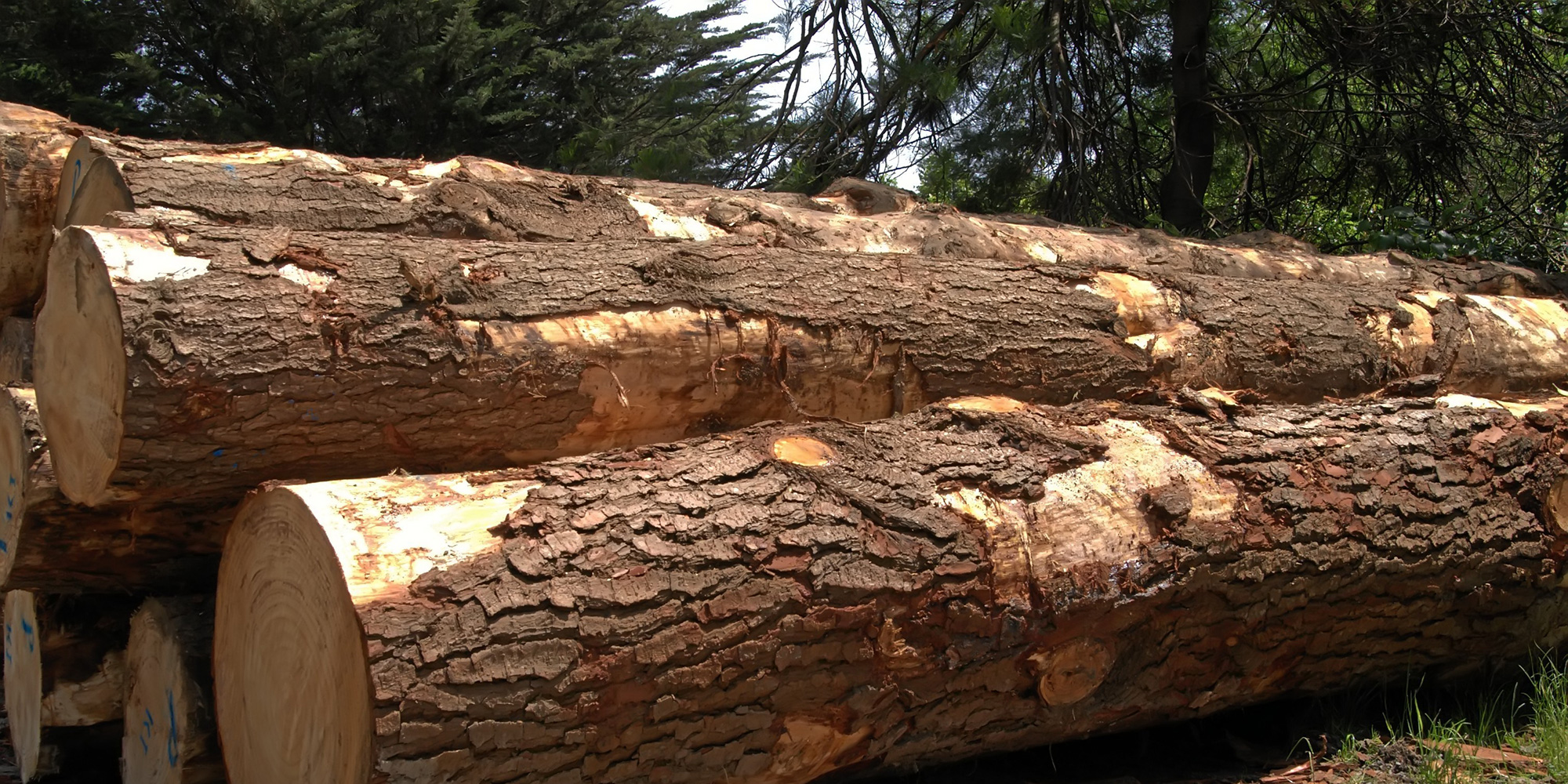Tsilhqot'in Decision Q&A with Robert Janes JFK Law: Part 1
The Supreme Court of Canada’s Tsilhqot’in Decision reverberated through First Nation communities, leaders, resource developers, provincial and...
3 min read
Bob Joseph September 26, 2014

This is the second in the two-part series of our interview with Robert Janes, JFK Law, and Chair of the “Tsilhqot’in Nation and Recognition of Aboriginal Title at the Supreme Court of Canada: Analysis & Impact”, October 7 & 8, in Vancouver, BC. Click here for Part 1.
It is hard to see how British Columbia and Canada are not going to have to revisit their mandates on the treaty-making process to reflect the stronger view of title advanced in the Tsilhqot’in case. On the other hand, the fact that the court enabled provinces to continue to infringe Aboriginal title subject to the duty to consult and accommodate and the justification standard also makes it clear that negotiations continue to play a key role in the future of First Nation/government relations. The real challenge will be for the government to come up with approaches to treaty-making that respect the idea that comes out of the Tsilhqot’in decision that First Nations title can continue to co-exist with Crown rights and that we don’t have to move to this old-fashioned approach of extinguishment that we see in earlier treaties.
The Aboriginal title aspect of this decision applies anywhere where there are no treaties. Exactly how they will apply will change from province to province and situation to situation. But, for the people of the Maritimes, this is the time for them to go back and look at their evidence to reconsider what happened in Marshall and Benard, and look at how they can advance Aboriginal title claims in a way that will strengthen their claims to their lands, and give them a greater say in their local economies and in control of the environment in their area.
The decision has two main constitutional implications:
The big change in the division of powers is that the courts have extended the powers of the province essentially by very much limiting the old idea of inter-jurisdictional immunity while the rights under Section 35 have been strengthened. We’ve already seen the effect of that change in the division of powers law in the Grassy Narrow case (July 2014) in which the Court referenced back to the Tsilhqot’in Decision to limit the application of inter-jurisdiction immunity.
On its face, it may look as though the court has applied existing law except around the division of powers, but read as a whole, it seems as if the court has made significant changes in the way the law operates, in particular around the duty to consult, the justification test, and the nature of the relationship between the Crown and First Nations.[ In the latter consideration] the court is trying to impose more onerous duties on the Crown than it has been willing to do so before in exchange for recognizing provincial legislative jurisdiction that under the old case law may be limited by the division of powers.
The rights of Indigenous People are an issue across the world, including Latin America, Africa and Australia, and the jurisprudence in these countries tends to inform each other, and as such, we can expect that this will be followed carefully by other countries. The other issue that will be interesting to follow will be how this case law influences the concept of Free, Prior and Informed Consent development, which we see in international case law but which is not fully recognized in Canadian case law. But, the Supreme Court of Canada has made striking moves in that direction, often mentioning “informed consent” although has not gone all the way yet.
Featured photo: Shutterstock

The Supreme Court of Canada’s Tsilhqot’in Decision reverberated through First Nation communities, leaders, resource developers, provincial and...

Did anyone notice that the Province didn’t officially respond to Tsilhqot’in until September 11, 2014? Why? Things have changed in a way that is hard...